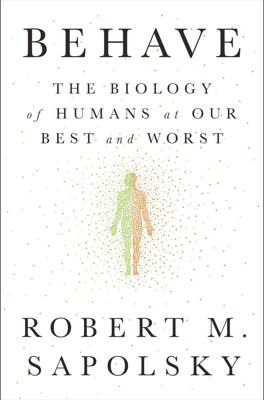One Second Before
Neurobiological Foundations of Behavior
The chapter delves into the intricate neurobiology of human behavior through the lens of a single hypothetical example, spotlighting critical moments before an action occurs. Highlighting the one-second timeframe leading up to a behavior, the text probes the role of neural activities in dictating actions, emphasizing the impact of biological reactions controlled by the brain. The prime focus is on dissecting the behavioral implications of triggering mechanisms within the brain, situating the discussion within broader themes of aggression, empathy, altruism, and violence, as previously outlined.
The Triune Brain Model and Neural Activities
Neuropsychologist Paul MacLean's 'triune brain' model is introduced, presenting the brain as composed of three interconnected layers that handle different functions ranging from primal instincts at the base to complex cognitive processes at the top. Each layer contributes uniquely:
- Layer 1 focuses on automatic, regulatory tasks like temperature control and hunger response.
- Layer 2, more evolved, deals with emotions and their physiological effects.
- Layer 3, the neocortex, takes on higher cognitive functions, involving abstract thinking and conscious decision-making.
Emotional and Cognitive Interplay in Behavioral Outcomes
Investigations into the limbic system underscore an intricate network that is pivotal for emotional processing relevant to behaviors. The limbic system, composed of regions like the amygdala and the hippocampus, plays a central role in evaluating emotional inputs which affect social and antisocial behaviors. Activities in this system illustrate how emotional responses can influence physical states and behaviors, extending from pleasure and fear to complex social interactions like trust and betrayal. The autonomic nervous system, regulated by the limbic dials, illustrates how subconscious responses to environmental stimuli mold our behaviors unknowingly.
Frontal Cortex: The Seat of Decision Making and Social Behavior
Switching to the frontal cortex, the discussion highlights this brain region’s indispensable role in moderating behaviors through advanced cognitive capabilities. Being the last to mature, the frontal cortex's functionality is detailed in the aspects of decision-making, impulse control, and the regulation of emotions, demonstrating its profound influence on whether an individual engages in prosocial or antisocial behavior. Its interaction with other brain areas, particularly the limbatic system, further delineates how cognitive evaluations and emotional states coalesce to steer complex behaviors.
Illustrative Narratives and Metaphorical Explanations
Using metaphorical layers of brain functions and illustrative anecdotes, such as the notable case of Phineas Gage, the explanation moves beyond biological descriptions to explain how specific brain injuries or abnormalities can lead to altered social behaviors and personality changes. Moreover, through a combination of scientific findings and narrative examples, the text conveys how neural circuitry not only dictates immediate responses but also frames long-term behavioral trends based on past experiences and future anticipations.
Broader Implications in Biology and Behavior
Conclusively, the chapter ties the neurobiological insights back to the broader conceptual themes of the book, reinforcing that understanding the brain's role in behavior is crucial for grasping the biological underpinnings of our best and worst actions. It emphasizes the nuanced reality that human behaviors are not merely reactions to the external world but are deeply embedded in complex biological frameworks, urging a balanced and integrated approach to studying human actions.
